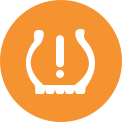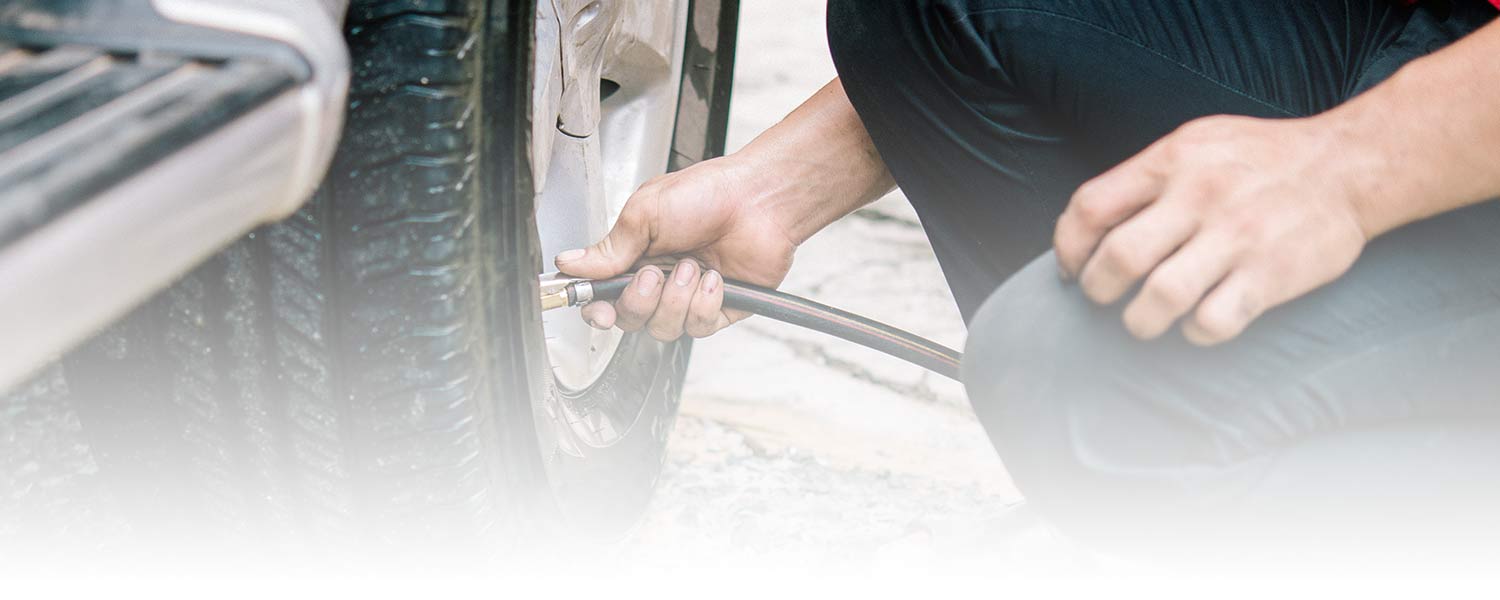Tires. Most people rarely think about them until something goes wrong.
Sumitomo does, going to great lengths to ensure a precision-engineered product designed for real world performance.
Your tires constantly adjust to real world issues on the road. Maintain them - and keep your passengers safe - by attending to these important benchmarks.
Tire Pressure refers to the amount of air inside a tire and is subject to change based on temperature and weather. The illustration (below) shows the dramatic differences in a tire contact patch, which connects with the road surface, based on inflation pressure.
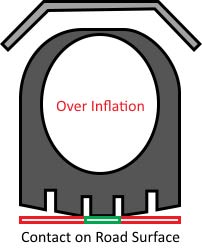
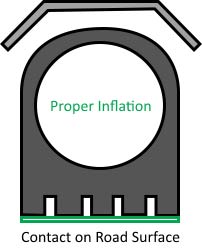
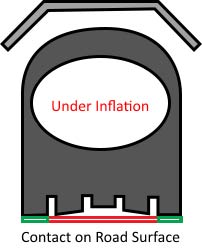
Because of how important proper inflation is, vehicles made since 2008 come equipped with Tire Pressure Monitoring Systems or TPMS, which illuminates a horseshoe-shaped icon when the pressure in your tires falls significantly below a preset optimum value.
If you have air pressure readings on your dashboard display, you can generally rely on your TPMS to give you accurate pressure readings. However, if you only have a low-pressure light on your dash, be sure to manually check your air pressure at least once a month. Low-pressure lights wont come on until the air pressure is really low.
